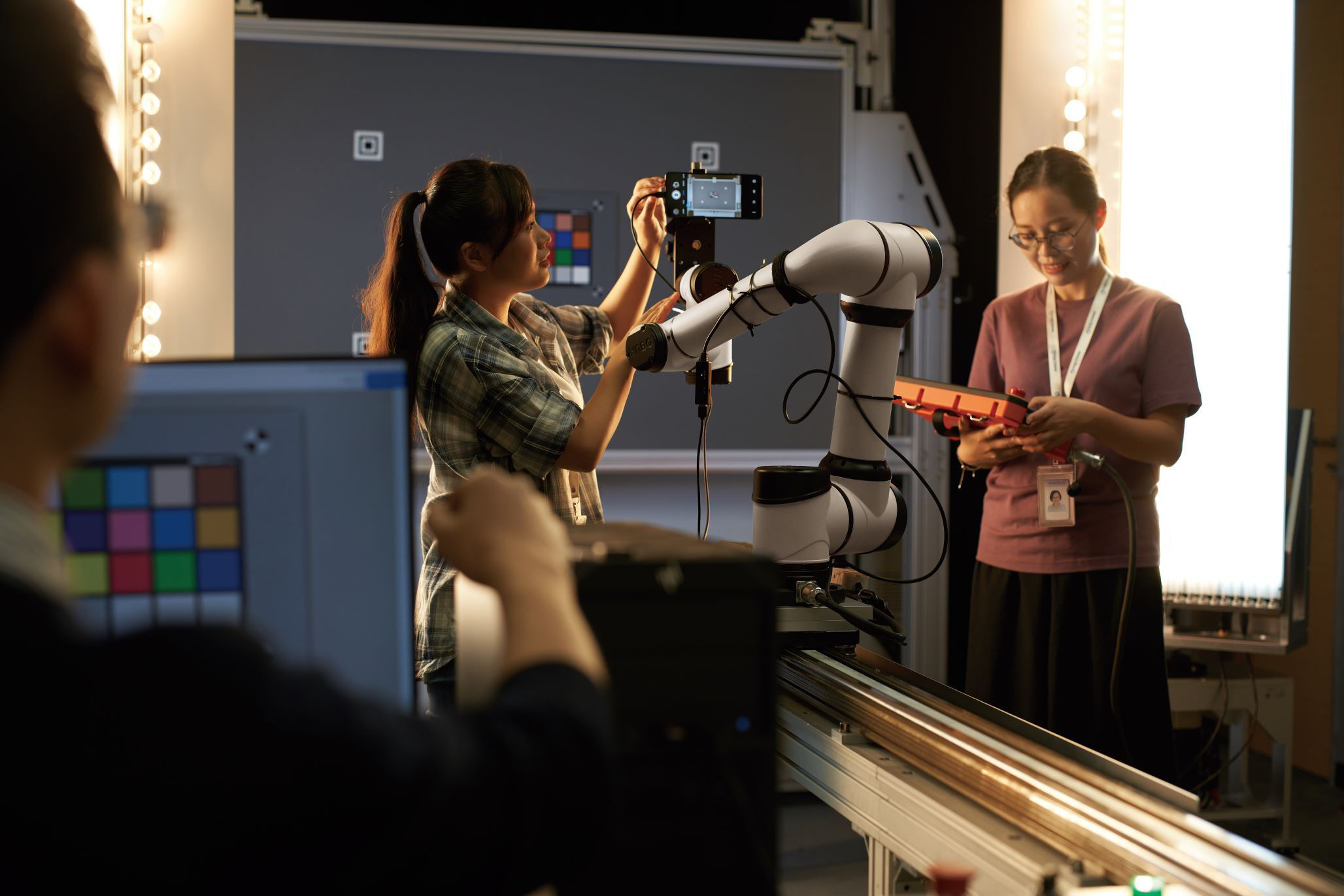
Embodied AI is transforming how machines interact with the world. But what exactly is it? Embodied AI refers to artificial intelligence systems integrated into physical entities, enabling them to perceive, move, and respond in real-world environments. Imagine robots that can navigate a room, drones that can deliver packages, or even smart assistants that can help with household chores. These systems combine sensors, actuators, and algorithms to create machines that can learn from their surroundings and adapt to new situations. Embodied AI is not just about making robots smarter; it's about creating machines that can understand and interact with the world like humans do.
What is Embodied AI?
Embodied AI refers to artificial intelligence systems that interact with the physical world through a body. These systems can perceive, act, and learn from their environment, much like humans and animals.
-
Embodied AI combines robotics and AI: This technology merges the fields of robotics and artificial intelligence, enabling machines to perform tasks that require physical interaction.
-
Inspired by biology: Many embodied AI systems draw inspiration from biological organisms, mimicking their ability to move, sense, and adapt.
How Does Embodied AI Work?
Understanding how embodied AI functions can help grasp its potential and limitations. These systems rely on sensors, actuators, and algorithms to navigate and interact with their surroundings.
-
Sensors gather data: Embodied AI uses sensors like cameras, microphones, and touch sensors to collect information from the environment.
-
Actuators enable movement: Motors, servos, and other actuators allow these systems to move and manipulate objects.
-
Algorithms process information: Advanced algorithms analyze sensor data and make decisions on how to act.
Applications of Embodied AI
Embodied AI has a wide range of applications, from healthcare to manufacturing. These systems can perform tasks that are dangerous, repetitive, or require precision.
-
Healthcare assistance: Robots equipped with embodied AI can assist in surgeries, provide rehabilitation, and even offer companionship to patients.
-
Manufacturing automation: In factories, embodied AI can handle complex assembly tasks, improving efficiency and reducing human error.
-
Search and rescue: These systems can navigate hazardous environments to locate and assist people in emergencies.
Challenges in Embodied AI
Despite its potential, embodied AI faces several challenges that need to be addressed for broader adoption and effectiveness.
-
Complexity of real-world environments: Real-world environments are unpredictable and complex, making it difficult for embodied AI systems to operate flawlessly.
-
Energy consumption: These systems often require significant power to operate, which can limit their usability in certain situations.
-
Ethical considerations: The deployment of embodied AI raises ethical questions about job displacement, privacy, and the potential for misuse.
Future of Embodied AI
The future of embodied AI looks promising, with ongoing research and development aimed at overcoming current limitations and expanding its capabilities.
-
Advancements in machine learning: Improved machine learning techniques will enable embodied AI systems to learn and adapt more effectively.
-
Integration with IoT: Combining embodied AI with the Internet of Things (IoT) will create smarter, more connected systems.
-
Human-robot collaboration: Future developments will focus on enhancing collaboration between humans and robots, making them more intuitive and user-friendly.
Real-World Examples of Embodied AI
Several real-world examples demonstrate the potential and versatility of embodied AI in various fields.
-
Boston Dynamics' robots: Known for their impressive mobility, Boston Dynamics' robots like Spot and Atlas showcase the capabilities of embodied AI in navigating complex terrains.
-
SoftBank's Pepper: This humanoid robot can interact with people, recognize emotions, and provide assistance in retail and customer service settings.
-
Roomba by iRobot: A household name, the Roomba vacuum cleaner uses embodied AI to navigate and clean homes autonomously.
The Future of Embodied AI
Embodied AI is transforming how machines interact with the world. These systems, which combine physical presence with artificial intelligence, are making strides in fields like healthcare, manufacturing, and even daily household tasks. Imagine robots assisting in surgeries or helping with chores at home. The potential is vast and exciting.
As technology advances, embodied AI will become more integrated into our lives. It’s not just about making tasks easier; it’s about creating smarter, more responsive environments. This tech can learn, adapt, and improve over time, leading to more efficient and personalized experiences.
Stay curious and keep an eye on this evolving field. The innovations we see today are just the beginning. Embracing embodied AI could lead to a future where technology seamlessly supports and enhances our everyday lives. The journey ahead promises to be both fascinating and transformative.
Was this page helpful?
Our commitment to delivering trustworthy and engaging content is at the heart of what we do. Each fact on our site is contributed by real users like you, bringing a wealth of diverse insights and information. To ensure the highest standards of accuracy and reliability, our dedicated editors meticulously review each submission. This process guarantees that the facts we share are not only fascinating but also credible. Trust in our commitment to quality and authenticity as you explore and learn with us.


